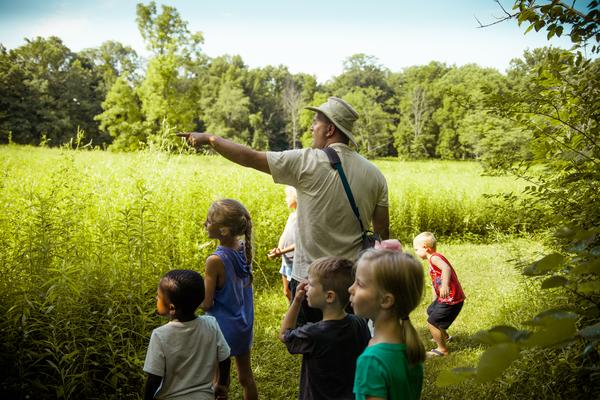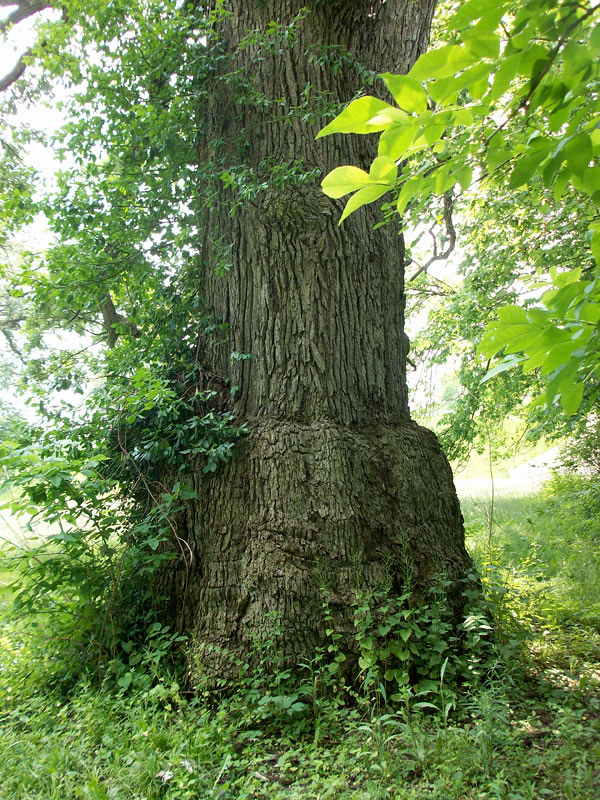Updated July 12th, 2019
(Somewhat) urgent care for ash trees
Heads up! This article was last updated 5 years ago.

The tree will tell you when it’s ready for its shot, thank you very much.
Five Rivers MetroParks Conservation Supervisor Meredith Cobb and her team of technicians are beginning this summer’s emerald ash borer treatments, but as the temperature climbs or the humidity falls, the treatment window gets narrower.
“You have to use a lot of pressure to push the syringe into the port,” Cobb says. “But it becomes harder the hotter and drier the conditions get because the trees shut down and no longer draw water from the roots, and we can’t push hard enough to get the chemical into the living tissue.”
So sometimes, the trees just aren’t having it and it takes a while — maybe six weeks for a 12-person crew of staff and volunteers to treat many of the parks’ ash trees, which are spread throughout the system. Some parks are 90 percent ash; some are less than 20 percent, Cobb says.
But it’s critical work. The ash borer — which came to the United States on ships from Asia—infects trees from the inside out, through the borer’s larvae. The chemical treatment creates a sort of shelf around the inner bark so the larvae don’t develop, and they die, putting an end to reproduction.
Five Rivers MetroParks treats the ash trees every other year and hopefully at some point will have kept these trees alive long enough to outlive the borer infestation.
Meantime, Cobb and her crew will be making their rounds, sometimes hiking through thick forests to get to their patients, which hopefully will be ready to take their medicine.





